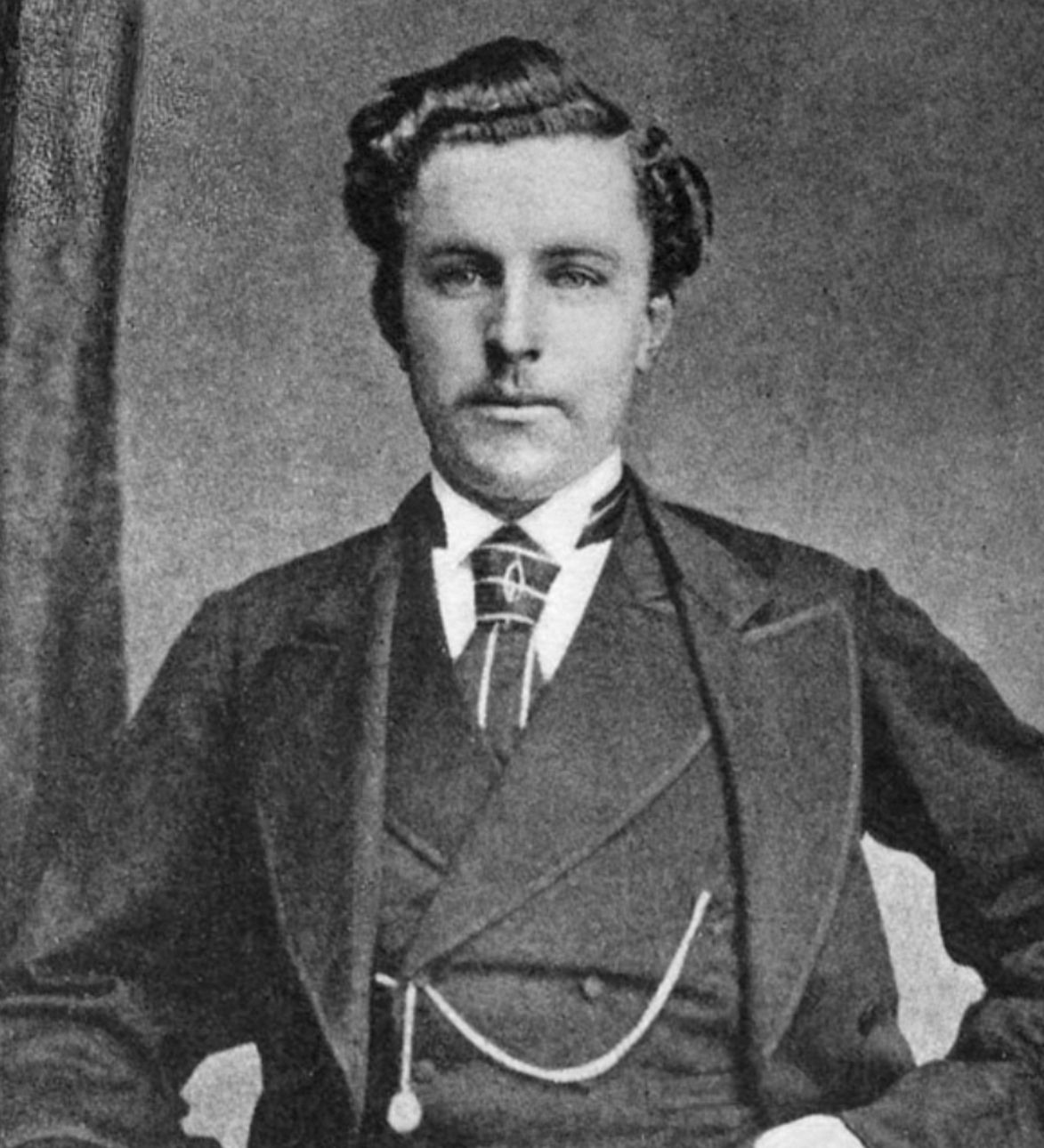- THE SOCIETY Newsletter
- Posts
- The SOCIETY Newsletter #43
The SOCIETY Newsletter #43
Two Heroes, a Death & a Resurrection
Two Heroes, a Death & a Resurrection
97 years ago today, on November 5, 1927, Walter Hagen matched a feat that only Young Tom Morris could achieve in his professional career. On this day 97 years ago, Walter Hagen claimed his fourth PGA Championship in a row, becoming only the second professional golfer ever (Young Tom Morris) to win the same major four years in a row.

Winner of the 1867, 1868, 1869 & 1870 Opens
Walter Hagen after winning the previous year’s PGA Championship had already surpassed the game’s greatest major champion, Harry Vardon (7 majors) and with the 1927 PGA Championship had claimed 9 majors. The Haig would go on to win 2 more majors to end his career with 11 Majors- a record that would stand until Jack Nicklaus surpassed it.

Winner of the 1924, 1925, 1926 & 1927 PGA Championships
Another major record was established when Walter Hagen claimed the 1927 PGA Championship. He became the first professional golfer to win the PGA Championship five times. That record was tied in 1980 by Jack Nicklaus.
A Major Championship Milestone
The 1927 PGA Championship was hosted by Cedar Crest Country Club in Dallas, Texas. It marked the first time in golf history that a Major Championship was played in the state of Texas. The state of Texas has since hosted six men’s Majors, however the state hasn’t hosted a Major Championship since the 1969 US Open at Champions Golf Club.

Hagen the 1927 PGA Champion
(It should be noted that the PGA Championship will be returning to the state of Texas in 2027 & 2034. The PGA of America’s Frisco Facility will host both Majors.)
Death
Cedar Crest Country Club was established in 1916 and was designed by the great AW Tillinghast. Unfortunately, Cedar Crest’s day in the sun did not last. A mere 2 years after Walter claimed his 4th PGA in a row and his 5th overall, the club was shuttered during the early days of the Great Depression. The land left dormant, turned into a field of weeds and wispy grass. Bunkers were eventually reclaimed by nature and a course which once held one of golf’s mighty Majors became a barren field.
Resurrection
Fortunately for the golfers of Dallas, WWII ended in 1945 and our soldiers returned home. The post-war sports and leisure movement led to a tremendous period of growth for the game of golf. This growth and the need for more courses, led the City of Dallas to acquire the defunct Cedar Crest Country Club & the city turned this bastion of private golf into a public golf course for all golfers. The course reopened in 1946 as the Cedar Crest Golf Course.

Cedar Crest Golf Club
Fast forward 8 years- in 1954 Cedar Crest Golf Course hosted the United Golf Association’s (UGA) National Negro Open. The UGA was established so that golfers of color could play golf in an era when the PGA had adopted the Caucasian Clause, which forbid black golfers from playing on tour. The National Negro Open was the UGA’s Major Championship.

Charlie Sifford, an unheralded champion to the game
In 1954 the National Negro Open was played at Cedar Crest and won by Charlie Sifford. It would be Sifford’s third consecutive National Negro Open victory, a streak he would later extend to five in a row.
In a twist of fate that takes us back to our original story, a couple of years later Charlie Sifford paired up with California attorney Stanley Mosk to protest the 1962 PGA Championship and the PGA’s rules forbidding black contestants from being in the field. Sifford & Mosk worked together to get the PGA of America to repeal their Caucasian Clause, thus allowing the PGA Tour and the PGA Championship to be open to all golfers.
Both Hagen and Sifford made history at what is now called Cedar Crest Golf Club in Dallas - a course that anyone can play for ~ $50.

Cedar Crest Golf Course today
As always thank you for reading this newsletter and sharing it with your friends. It is my pleasure to share these little sometimes unknown stories with you.
Until next time…
Yours in Golf History,
Connor T. Lewis
